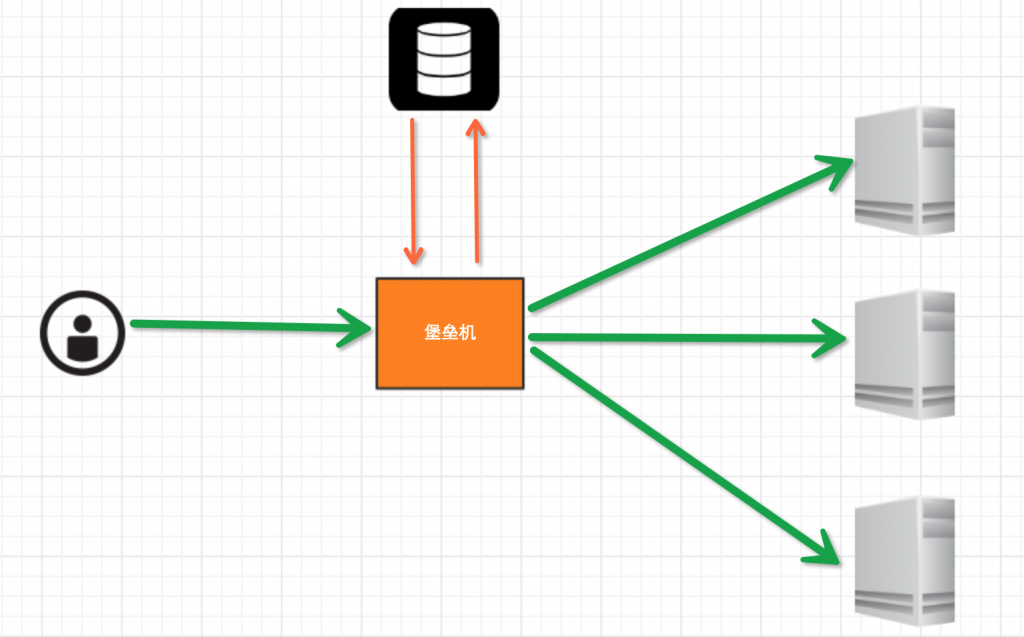不管怎样,生活还是要继续向前走去。有的时候伤害和失败不见得是一件坏事,它会让你变得更好,孤单和失落亦是如此。每件事到最后一定会变成一件好事,只要你能够走到最后。纸上得来终觉浅,绝知此事要躬行。
本文实例讲述了Python多继承顺序。分享给大家供大家参考,具体如下:
示例1:
#-*- coding:utf-8 -*-
#!python2
class A(object):
def caller(self):
print 'A caller'
self.called()
def called(self):
print 'A called'
class B(object):
def called(self):
print 'B called'
class C(B,A):
pass
if __name__ == '__main__':
c=C()
c.caller()
运行结果:
A caller
B called
示例2:
#-*- coding:utf-8 -*-
#!python2
class A(object):
def caller(self):
print 'A caller'
self.called()
def called(self):
print 'A called'
class B(object):
def called(self):
print 'B called'
class C(A,B):
pass
if __name__ == '__main__':
c=C()
c.caller()
运行结果:
A caller
A called
希望本文所述对大家Python程序设计有所帮助。
到此这篇关于Python多继承顺序实例分析就介绍到这了。宰相肚里能撑船,从容才能中道。更多相关Python多继承顺序实例分析内容请查看相关栏目,小编编辑不易,再次感谢大家的支持!





